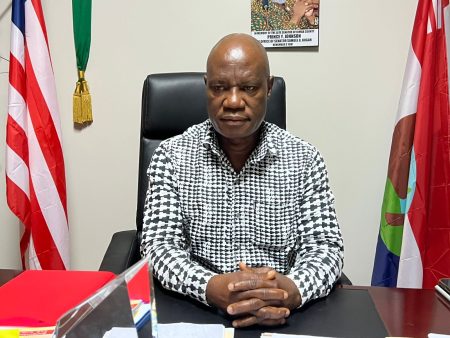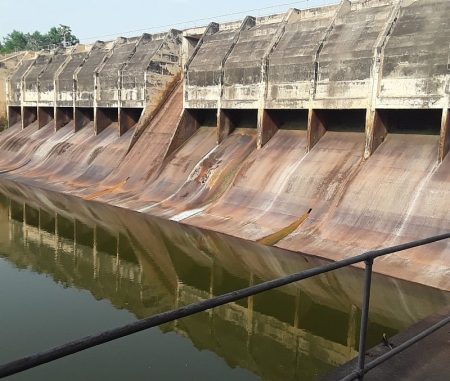The tranquil atmosphere of Manso Tontokrom, a community nestled within the Amansie South District of the Ashanti Region, Ghana, was shattered over the weekend by a tense standoff between heavily armed military personnel and the local youth. Approximately fifty soldiers, reportedly hired by a mining firm operating in the area, arrived with the intention of forcibly evicting the youth from a disputed mining concession. However, their arrival was met with fierce resistance from the Tontokrom youth, who had mobilized a formidable defense at the outskirts of the township. The youth, determined to protect their livelihoods and their claim to the land, engaged in a display of defiance, chanting war songs and setting car tires ablaze, effectively barricading the main access road to the concession. Despite the provocative actions of the youth, the soldiers demonstrated commendable restraint and professionalism, choosing to withdraw from the area to prevent a potentially violent escalation. This measured response averted a potentially tragic confrontation and underscored the importance of prioritizing peaceful resolution in such disputes.
The tension surrounding the mining concession in Tontokrom is not new. Reports indicate a similar clash occurred in 2024, tragically resulting in loss of life. The soldiers’ decision to de-escalate the situation this time around suggests a conscious effort to avoid repeating the mistakes of the past. Their restraint, even in the face of open hostility, prevented further bloodshed and allowed for a calmer approach to resolving the underlying land dispute. The Tontokrom youth’s claim to the land is rooted in a long history of mining activity within the community. They argue that their mining practices fall within the legal framework of small-scale mining and vehemently oppose the takeover of their concession by a foreign-owned mining firm. This clash highlights the complexities of land ownership, resource rights, and the socio-economic challenges faced by communities reliant on artisanal mining.
Richmond Osei, representing the Tontokrom youth, emphasized their decades-long history of mining in the area, asserting their right to continue their activities. He argued that their operations constitute legal small-scale mining, permissible under Ghanaian law. The youth maintain they will not relinquish any portion of their concession to the foreign mining company, which they accuse of failing to contribute to the community’s development despite operating in the area for an extended period. Osei highlighted the economic hardship faced by the community, with many young people, including graduates, struggling to find employment. The disputed concession, he argued, represents their only hope for economic survival and opportunity. His appeal to the government and relevant authorities underscores the need for intervention and mediation to find a lasting solution to the conflict.
The Tontokrom youth’s frustration and desperation were further highlighted by reports of traditional rituals performed during the confrontation. Some youth reportedly invoked curses using schnapps, fowl, and eggs, appealing to local deities for justice and intervention in their plight. This act underscores the deep cultural and spiritual significance of the land to the community and their sense of injustice at what they perceive as unfair treatment. Their plea to the river deities reflects their belief in the power of traditional authorities and their hope for divine intervention in a situation where they feel powerless against larger forces.
This incident brings to light the complex interplay of economic interests, land rights, and social tensions in mining communities. The Tontokrom youth’s resistance stems from their reliance on the concession for their livelihoods and their belief in their rightful ownership based on historical usage. The involvement of a foreign-owned mining firm adds another layer of complexity, raising concerns about equitable distribution of benefits and the potential displacement of local communities. The soldiers’ restraint, while commendable, does not address the root causes of the conflict. A lasting resolution requires a comprehensive approach that considers the historical context, the legal framework governing mining activities, and the socio-economic needs of the affected community.
The peaceful withdrawal of the soldiers from Tontokrom marks a temporary reprieve, but the underlying tensions remain. The incident calls for immediate intervention from government authorities and relevant stakeholders to mediate a sustainable resolution. This requires open dialogue between the Tontokrom community, the mining firm, and the government to address the issues of land ownership, resource management, and community development. A successful resolution will necessitate a balanced approach that respects the rights and livelihoods of the local community while promoting responsible mining practices. Failure to address these underlying issues could lead to further escalation and potential violence, jeopardizing the peace and stability of the region.














